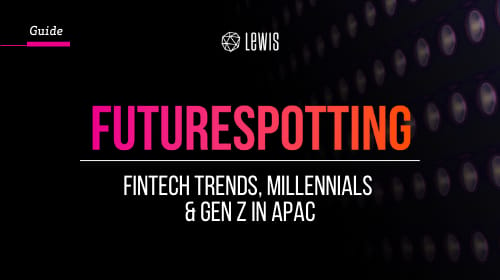The first trend of note is the rise of the eSim, which is taking connectivity to the next level. These embedded (or virtual) sim cards remove the need for physical sim cards altogether and are of growing significance to the increasing global (and mobile) economy. eSIM technology is already used by several manufacturers to replace the physical SIMs with virtual ones in the wearables space.
As a result, Markets and Markets predicts that the eSIM market will be worth over $978.3 million in 2023. The impact will be a higher penetration of IOT devices across several industries, as more things become connected to the internet, via a phone network.
Advancements in machine learning (ML) and natural language processing (NLP) have allowed voice assistants to take off in the consumer space. The speech recognition market is expected to reach $6.9 billion by 2025, with voice assistants being built into… everything; watches, fridges, televisions, and more.
Whilst consumers might not be (quite) ready to ditch the universal remote, the industry is certainly going that way. Almost every major tech firm is building a smart assistant; Amazon Alexa, Google Assistant, Siri, Cortana, Bixby, and so on. With development and application happening at a vast pace, virtual assistants will be heard more and more in coming years.
In addition, we’re increasingly seeing the ‘gamer’ experience being delivered to everyone. That is, a rise in high-quality graphics on mobile apps, alongside an increase in phone capabilities (e.g. advanced graphics cards and CPU power), not to mention the plethora of plug in accessories (from games controllers to headphones) designed to bring gaming to life for the everyday consumer. Gaming as a whole (including esports) is already on track to become a bigger industry than traditional professional sports. Data released by the Entertainment Software Association and The NPD Group revealed that the gaming industry generated $43.8 billion in revenue last year, and it’s thought that the global games market could generate revenues of over $180 billion by 2021.
With such a huge market to play for, it’s no wonder why consumers are being given bigger screens, with higher resolutions and faster frame rates to drive a better gaming experience. In addition, we’re seeing a rise in Virtual Reality (VR) headsets and software that are driving uptake of augmented reality (AR) across a variety of sectors – including entertainment. Be prepared to see the gaming experience continue to be a top priority to technology manufacturers seeking their piece of the pie.
The consumer tech space continues to be dominated by wearables. But the wearables market is evolving; become much more centred around health and wellness. It’s no longer about
smartwatches, fitness trackers, sports watches and other connected devices, the expectation for wearables is that they provide accurate and actionable medical insights such as ECG/EKG readings, breathing rates, stress levels, brain activity, slips/ falls, and more.
Wearables is a fascinating market, predicted to double by 2022 to be worth $27 billion. What’s more, it is thought that at the current rate of innovation, wearables could transform the healthcare industry by serving timely data directly to medical professionals.
And finally, e-waste is becoming a public concern. As public awareness of waste and resource scarcity grows, the consumer tech industry and governments alike are facing increasing pressure to confront the mounting issue of e-waste.
Globally, the volume of e-waste is expected to rise to 52.2 million metric tonnes by 2021, due to increased technology trends, reduced product lifespan and consumer demand for new products. According to the UN report countries in Oceania, generated 17.3 kilograms of e-waste per person in 2016. By contrast, across sub-regions of Asia (including Brunei, China, Hong Kong and Singapore) produced, on average, more than 18 kilograms of e-waste per person. As environmental awareness grows, organisations must be aware of the impact they have on the planet making eco-friendly initiatives a priority.
How brands can leverage these trends?
Marketers should adjust marketing or influencer content to appeal to a more discerning tech customer who is more hype-cautious (and sceptical of branded claims) and keen to adopt a more forensic, pro-am approach to tech.
Tech-equipped consumers are confident in their ability to learn, with the help of the internet. More brands should develop their own rich content around relevant topics, partner with content providers or host pop-up events to allow consumers to dive deeper into knowledge. As brands offer this companionable service, they stand to create stronger emotional connections with their customers.
For more insights and trends, visit lws.co/futurespotting or drop us a note at [email protected].



